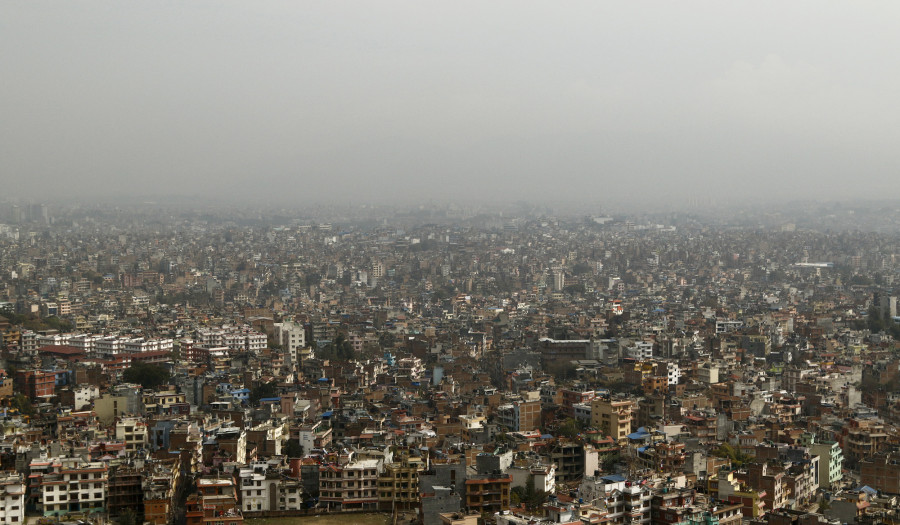Editorial
Cities of the future
The final aim of a smart city should be focused on uplifting the living standards of the citizens living there.
The growing problems of cities—urbanisation, congestion, pollution, transport and changing life patterns—have compelled many to think of alternatives to address these issues. Thus perhaps came the notion of smart cities that aim to give a new dimension to urbanisation and sustained living. This rethinking, however, should manifest itself in terms of making the cities safer, healthier and advanced. In short, the final aim of a smart city should be focused on uplifting the living standards of the citizens living there.
Bhai Kaji Tiwari, development commissioner of the Kathmandu Valley Development Authority, said on Sunday that the much-awaited detailed project report for the construction of four smart cities in the Kathmandu Valley was finally ready. The Kathmandu Valley Development Authority envisions equipping the smart cities that will be located in the Valley’s north, east, south and west with proper infrastructure, healthcare, water facilities, parks and open spaces and so on.
In fact, according to Tiwari, the smart cities ‘will set an example for well-managed infrastructure in every sector and smart urbanisation’. The idea of creating urban regions that are highly advanced in terms of overall infrastructure and connectivity is welcome, but what consists of a ‘smart city’ entails much more than just that.
While the personnel at the Kathmandu Valley Development Authority have considered the connectivity aspect, not much information has been given about how they plan to localise the economy. For, if there are no local jobs, people will still have to commute to the areas where there are jobs, ultimately defeating the purpose of creating satellite cities and decentralising development and the economy.
For this to happen, the authorities should indulge in extensive deliberation with the private sector, and opt for a public-private partnership model. What’s more, creating four smart cities at once is a bit over ambitious.
The Kathmandu Valley has stuck to makeshift, unmapped and unplanned forms of urban planning for decades. Given this record, it seems a bit far-fetched to believe that the Kathmandu Valley Development Authority will succeed in developing all four smart cities at once.
Not to forget, the cost of making four smart satellite cities in the Valley is estimated to be Rs500 billion. When the authorities decide to invest in something as big as developing a smart city, various factors need to be considered too. From the economic development of that area to the socio-cultural development, integrating the environment in urban planning management and institutional development.
A more sensible and necessary course of action is turning the existing cities into smart cities. This way the government will not have to decimate the last open spaces in the Valley and probably bankrupt the national exchequer. There are better uses for our money.
‘Smart’ has been a catchphrase latched on to the Nepali imaginary with the authorities trying to make everything smart. From cities to toilets, dustbins and zebra crossings. But in their efforts to do so, the authorities concerned should not overlook what should be at the heart of any ‘smart’ initiative: empowered citizens and sustainable solutions.




 7.73°C Kathmandu
7.73°C Kathmandu














